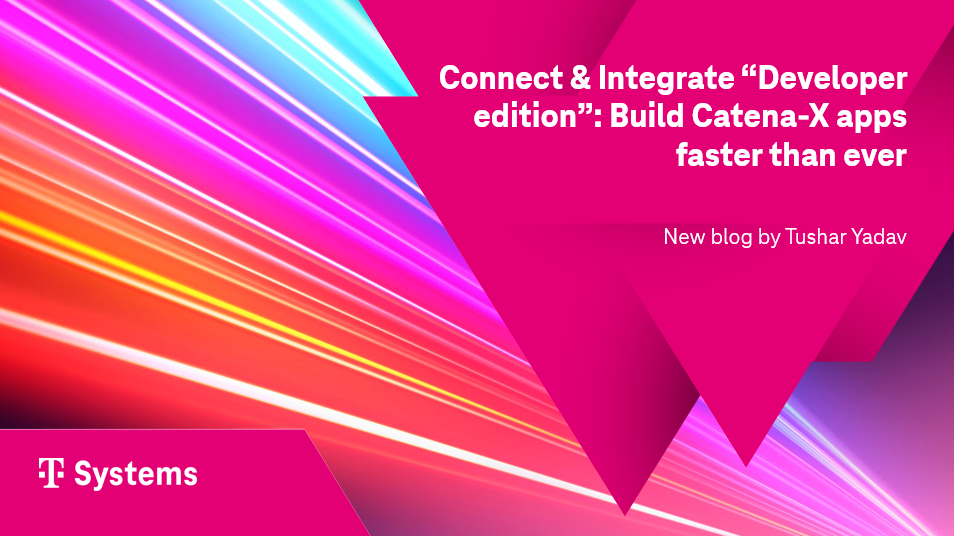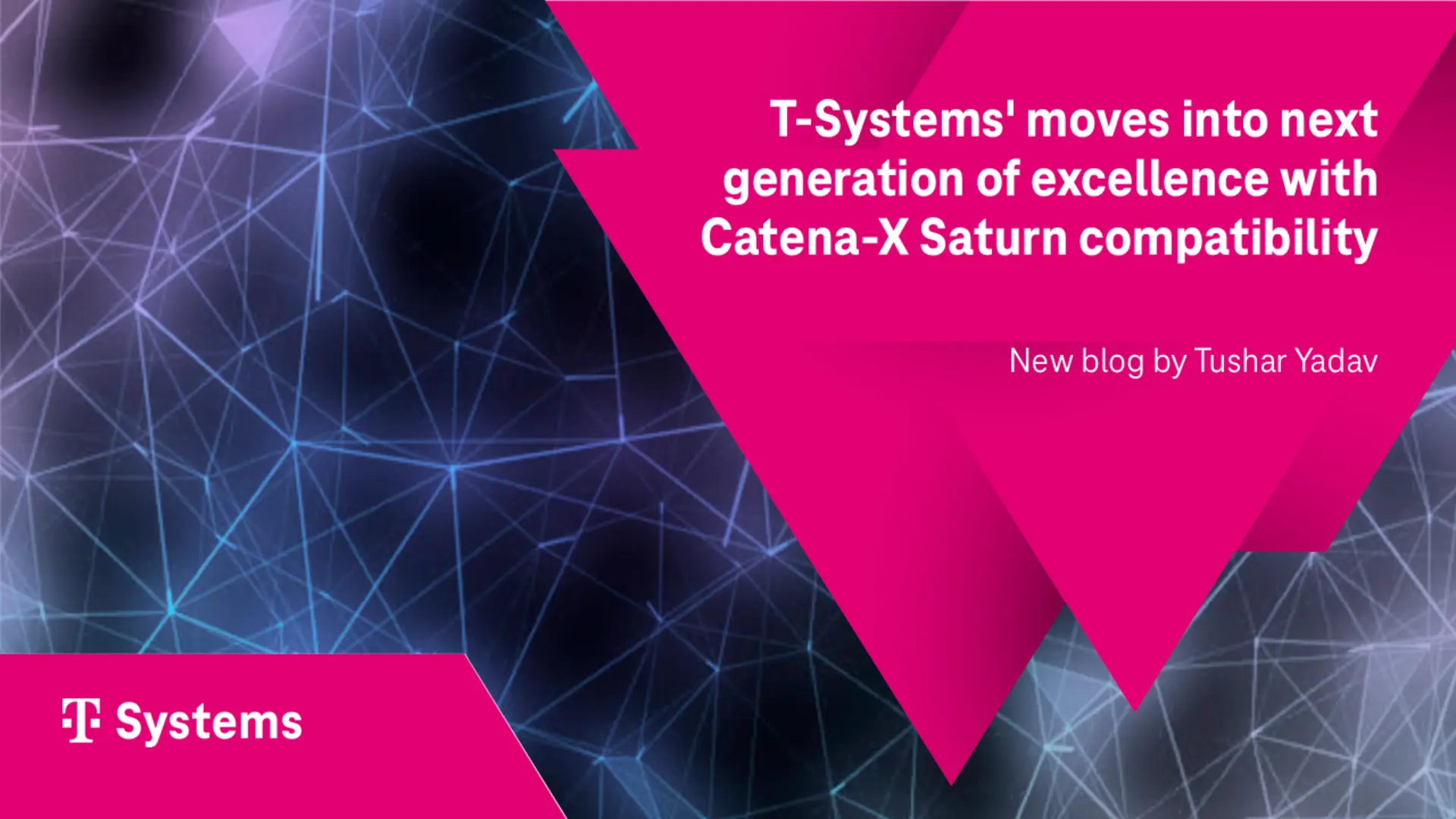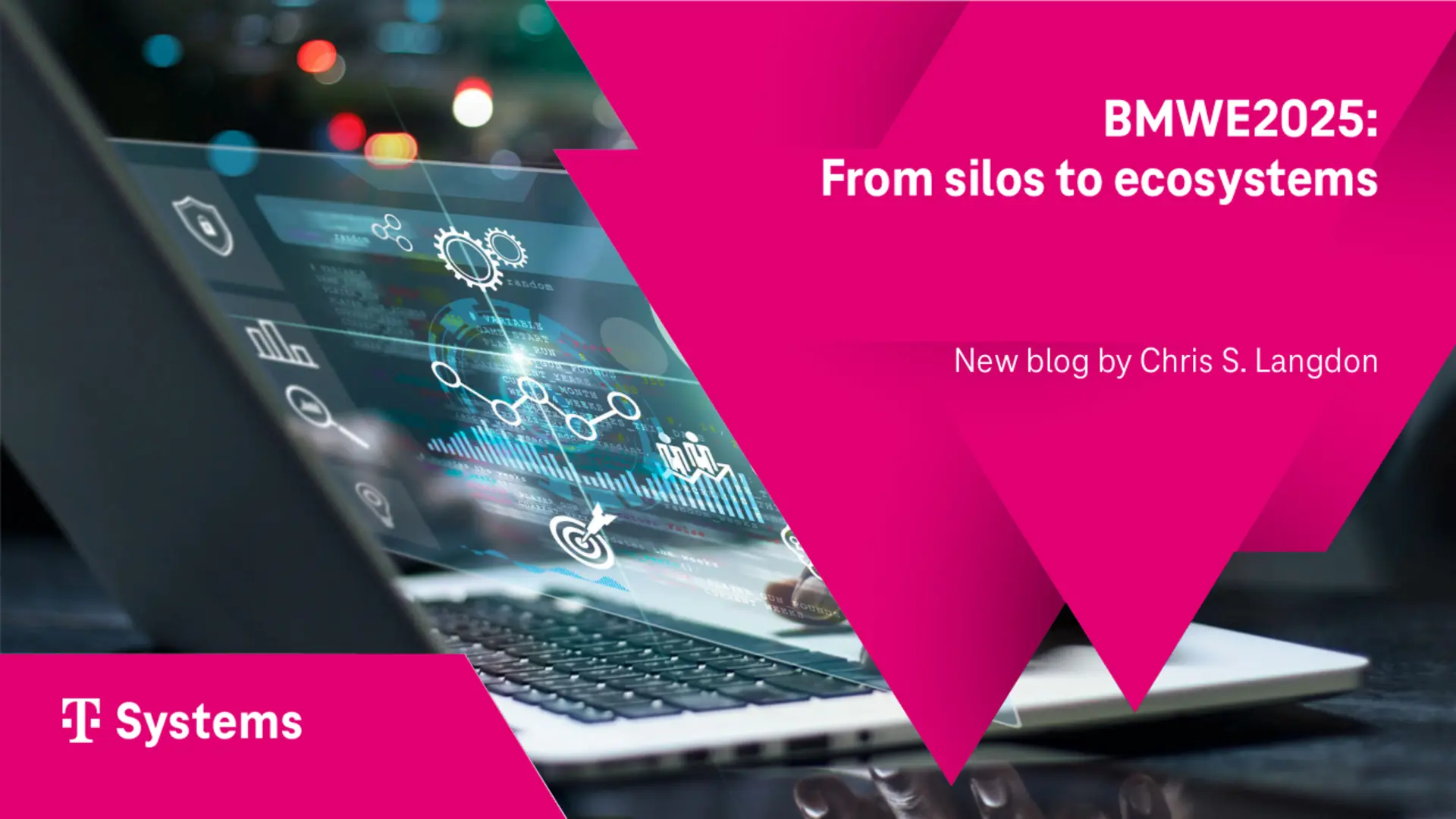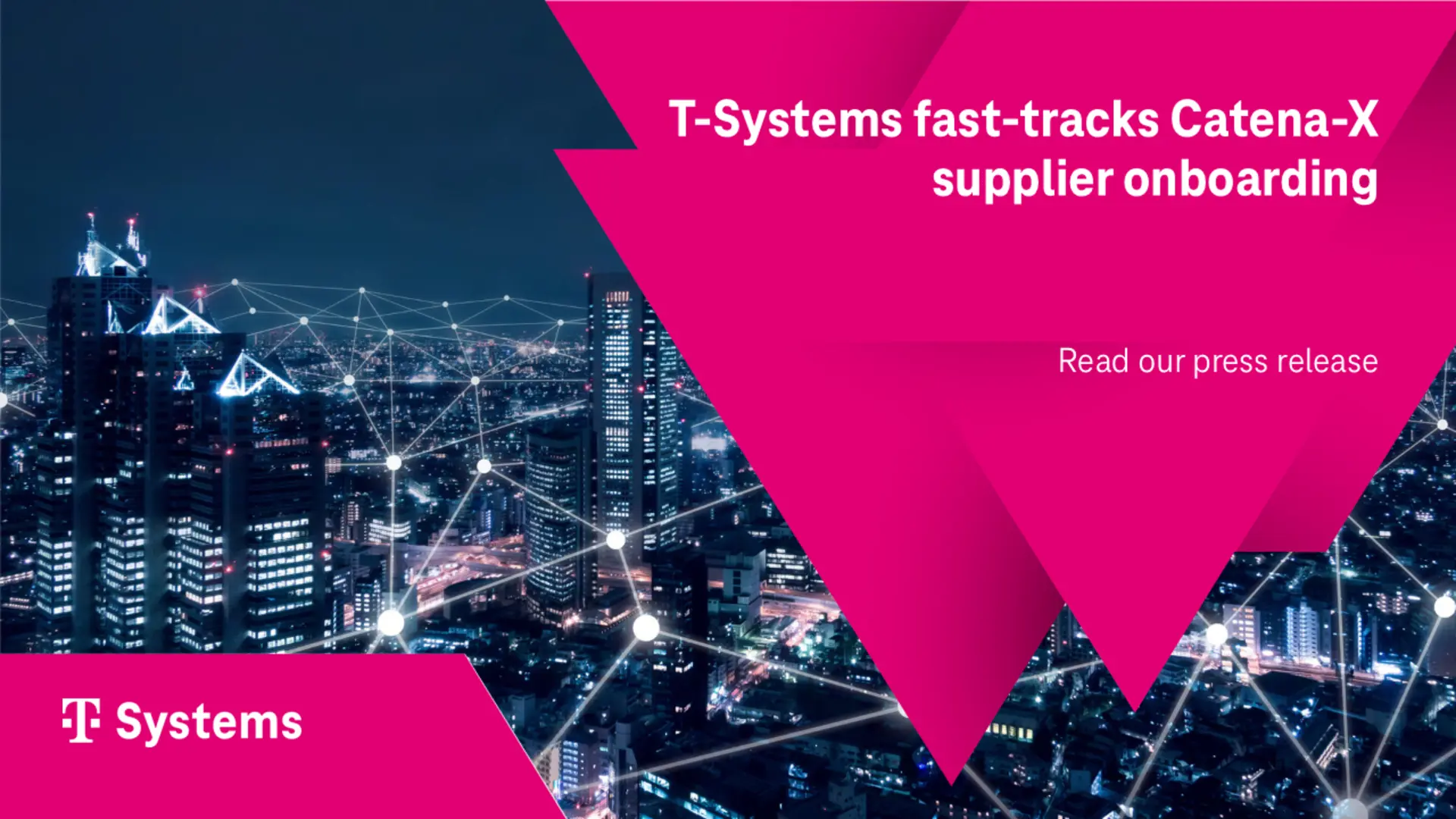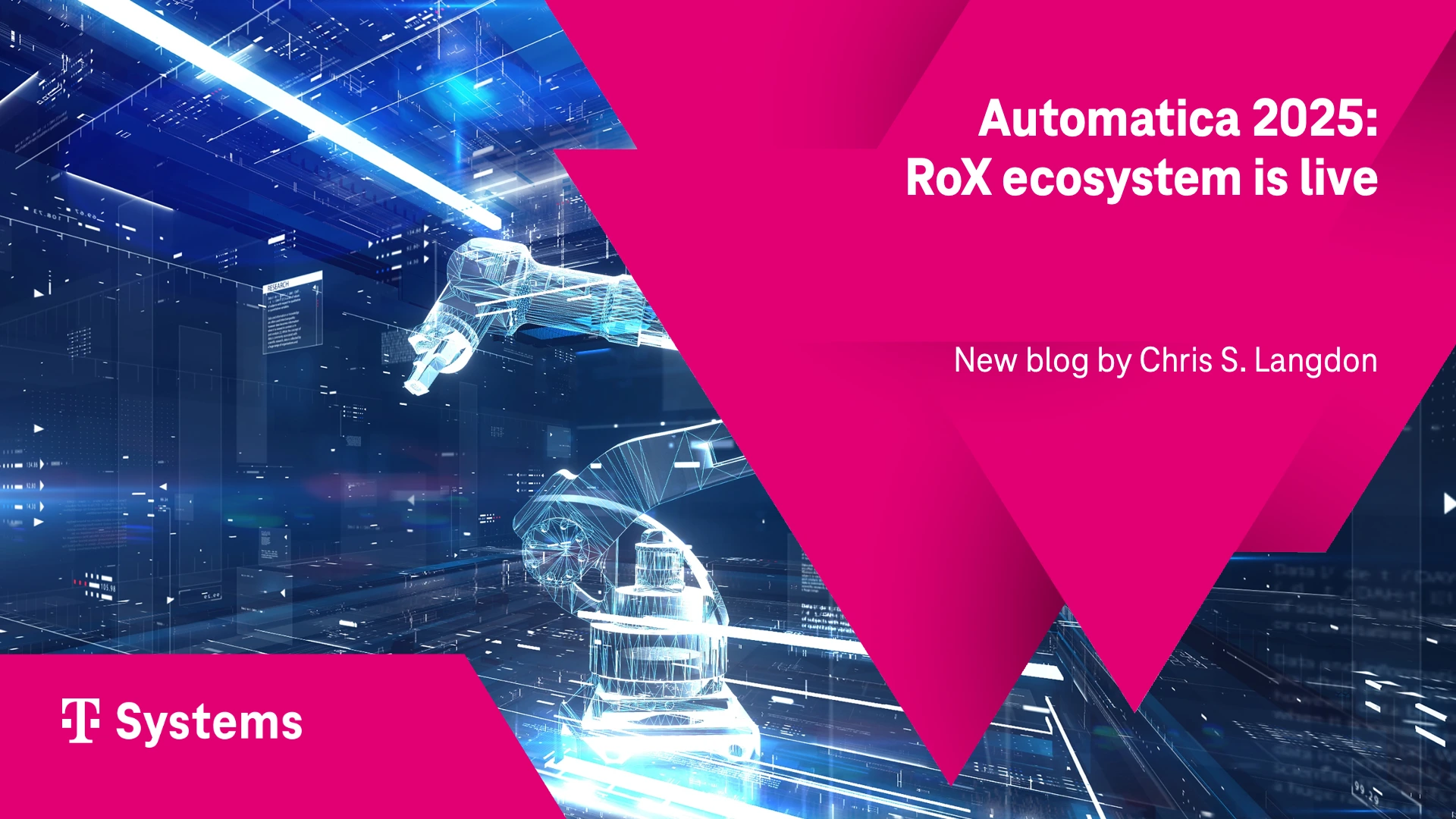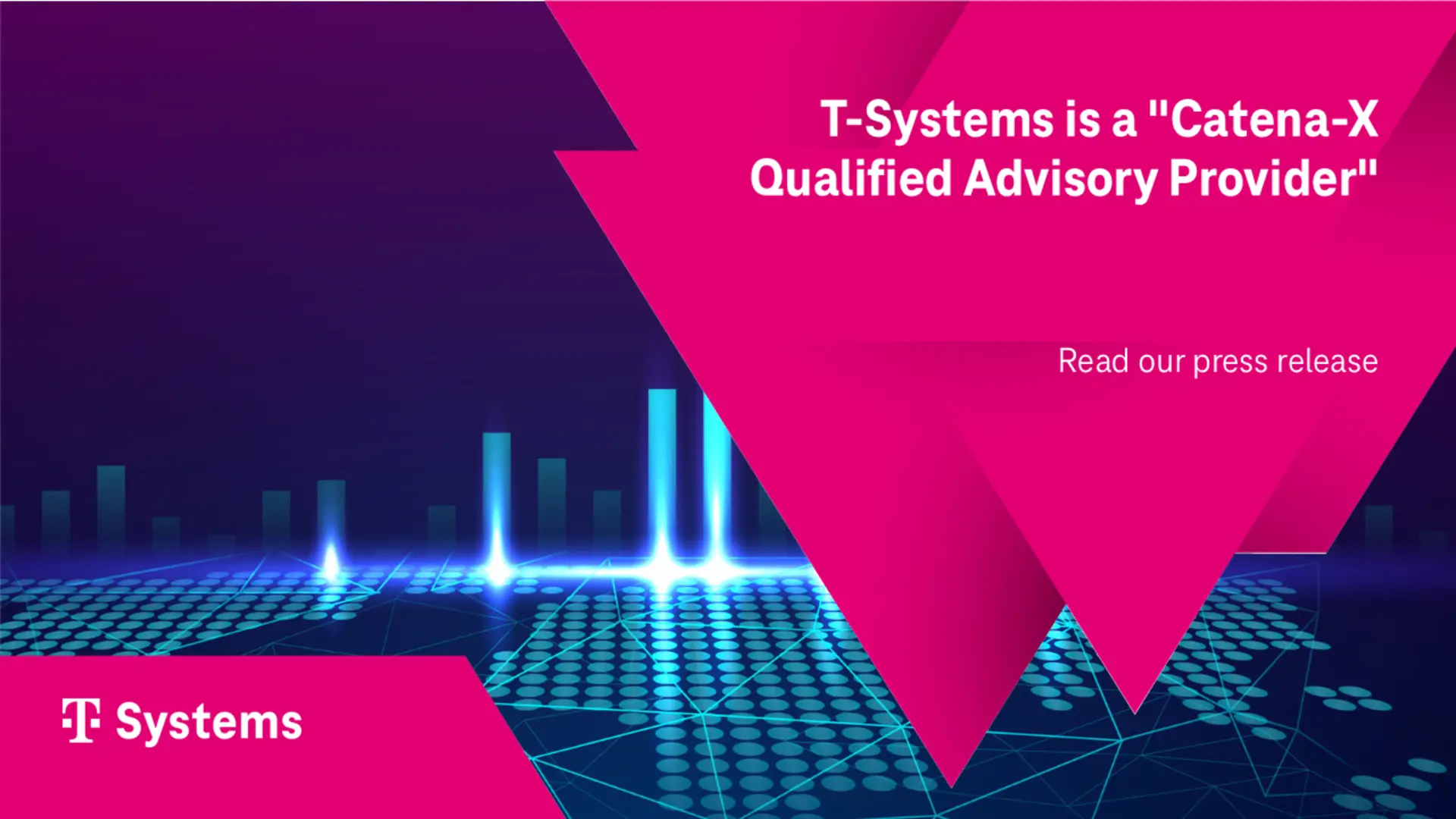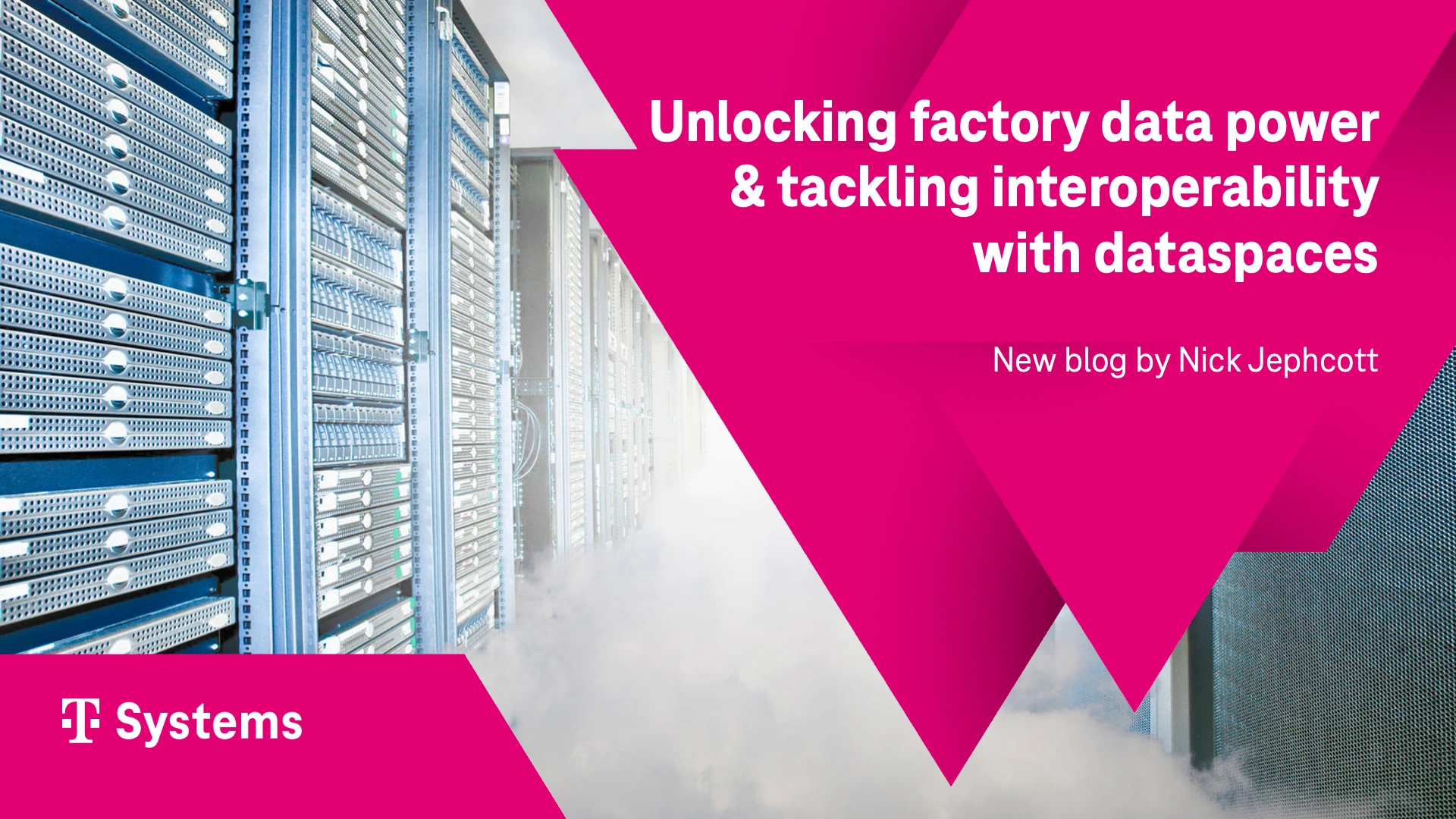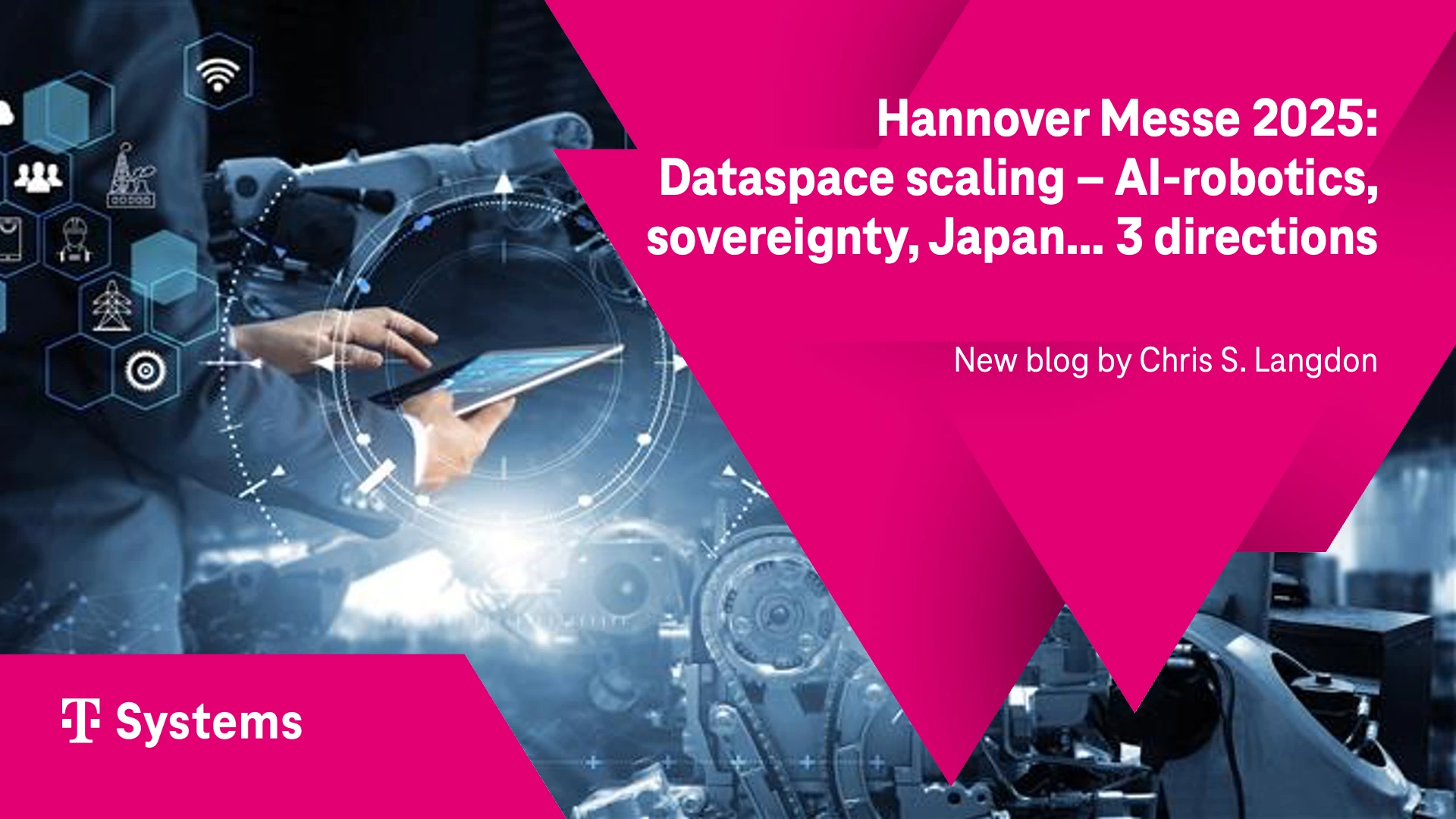Making Manufacturing systems talk to each other
(And getting people to share it)
Here's the thing about getting manufacturing systems to wowrk together - it's not just about the technology. It's really two completely different problems pretending to be one.
First you've got the technical mess. How do you get a 30-year-old machine from Germany to share data with some new software from Silicon Valley?
Second, there's the people problem. How do you concince a plant manager to share their data when they're worried it'll make them look bad?
Let me break this down with a story that'll make sense.
The technical fix
Digital business cards for every machine
Imagine you're at an international business conference. Everyone's from different countries, different industries, speaking different languages. You walk up to someone and they hand yu a napkin with scribbles in Japanese. Someone else gives you a detailed CV in German. Another person just points at themselves and grunts.
This is manufacturing today - every machine "introduces itself" differently.
The Problem
Every machine speaks a different language, making integration nearly impossible.
The Solution
Standardised digital business cards for all equipment.
The Implementation
Asset Administration Shell (AAS) creates a universal fromat for machine data.
The legacy support
Translators and sensors for older machines to join the conversation.
Asset Administration Shell (AAS)
Whats's on the digital business card?
Identity information: "I'm a welding robot" (what I am)
Status Information: "My temperature right now is 45 Degrees (my current status)
Capability Information: "I can weld 50 joints per hour" (what I can do)
Connection information: "Connect to me at IP address 192.168.1.100 using OPC UA protocol" (how to reach me for real-time data)
Now Imagine if everyone had standardises business cards, same size, same basic layout, with universal symbols. Even if you don't speak their language, you can spot:
- The phone Icon (how to contact them)
- The briefcase icon (what they do)
- The location pin (where they work)
The beauty? Once everything is standardised cards, any system can read them. Problem one is solved.
The human fix
Creating a professional networking event for data
Now here's where it gets interesting. Even if you solve all the technical stuff, you hit a wall of human resistance. And honestly? The plant managers have a point.
Sharing Concerns: Plant managers fear data without context will make them look bad.
Privacy needs: Control over who sees what Information and when.
Trust buildung: Creating safe spaces for meaningful data exchange.
Context Preservation: Ensuring data comes with explanatory information.
Without proper controls, sharing factory data is like being dumped into a giant conference hall with:
- No private meeting rooms - every conversation is public
- No control over introductions - anyone can grab your information and tsrat demanding explanations
- No context - someone overhears you saying "production is down 10%" without knowing you're talking about a planned maintenance day
The plant manager's perspective
- Share raw production data: Plant manager provides unfiltered metrics to headquarters.
- Numbers dip during training: production decreases while training new staff - a planned and necessary activity.
- Executive sees only the dip: Someone who's never visited the plant notices the secrease without context.
- Uncomfortanle questions follow: Plant manager now in hot water for something completely reasonable.
Think about it from their perspective:
- They share raw production data with headquarters
- Numbers dip for a day because they're training new staff
- Some executive who's never set foot in the plant sees the dip and starts asking uncomfortable questions
- Suddenly they're in hot water for something totally reasonable
Dataspaces
The Solution to human resistance
- Private meeting rooms: You can pull another plant manager aside and say, "Hey, we had the same bearing failure you're dealing with. Here's our fix." Nobody else needs to know.
- Controlled Introductions: You decide who gets your detailed information versus just the highlights. Maybe corporate HQ gets "Plant efficiency is 87%" while your peer plant manager gets "Efficiency is 87%, but here's the hourly breakdown showing when we struggle and why."
- Structured Interactions: Like speed dating for data! You can say, "I'll share my maintance logs with you for the next month while we work on this joint protect then access ends."
- Context preservation: Instead of someone overhearing fragments, you're having complete conversations. When you share that production dipped 15%, you can include "because we were retooling for the new product line."
The Solution? Dataspaces are basically a well organised networing event for factory data.
It's like LinkedIn for factory data - you control who's in your network, what they can see, and what conversations yu have with whom.
Why this actually works
Here's the magic when you combine both solutions:
The business cards (AAS) give everyone a common language solving the tower of babel problem where nobody understands each other.
The networking event (Dataspaces) gives everyone control over their comversations - solving the trust problen where nobody wants to share.
Plant managers stop being data hoarders because they're not afraid anymore. They can share detailed insights with peers who need elp while giving executives clean summaries. they can collaborate on problems without exposing competitive advantages.
Executives get better information because it comes with context. Instead of scary-looking raw numbers, they get the fully story.
Plants start learning form each other because they can share safely. That brilliant maintenance trick from the Ohio plant can help the Texas plant without Ohio worrying about looking bad if it doesn't work perfectly elsewhere.
And that old machine from 1985? It's now part of the conversation too, sharing its wisdom through its new digital business card withiur needing a complete overhaul.
The bottom line
Recognise both problems
Aknowledge that interoperability has both technical and human dimensions.
Implement technical solutions
Use Asset Administration Shell to create standardised machine communication.
Address Human Concerns
Create dataspaces that give people control over their information sharing.
Enjoy the benefits
Watch as your entire operation starts humming like a well-oiled machine
You can't just throw technology at the interoperability problem and hope it goes away. You need to solve both the "machines can't talk" problem AND the "people won't share" problem.
Do both, and suddenly your entire operation starts humming like a well-oiled... well, machine. Miss either piece, and you're stuck with expensive systems that nobody uses properly.
It's not rocket science. It's just about remembering that behind every data point there's both a machine that needs to speak clearly and a human who needs to feel safe sharing.
Without the business cards, nobody understands each other. Without the networking event structure it's just chaos and nobody wants to share anything meaningful. But combine them? That's when the magic happens.



